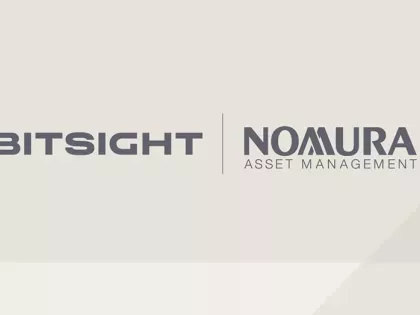Read about the latest cybersecurity news and get advice on third-party vendor risk management, reporting cybersecurity to the Board, managing cyber risks, benchmarking security performance, and more.
Insights blog.
Read about the latest cybersecurity news and get advice on third-party vendor risk management, reporting cybersecurity to the Board, managing cyber risks, benchmarking security performance, and more.
Bitsight and Google collaborate to reveal global cybersecurity performance

Bitsight and Google collaborate to reveal global cybersecurity performance
This joint study between Bitsight and Google arms organizations with actionable insights, providing the current status of global cybersecurity performance by analyzing nearly 100,000 global organizations across 16 cybersecurity controls and nine industries amid heightened stakeholder demands on cybersecurity strategy.

With the right mindset and governance, visibility into enterprise exposures can push priorities all the way up into the strategic realm of enterprise risk management—whilst enabling a threat informed defense posture.

Explore how CISOs can secure supply chains and meet evolving cyber regulations with strategies from our new ebook on cybersecurity resilience.

Discover why millions of smartphones worldwide are at risk due to cluttered and outdated apps. Dive into our research to learn more about this critical issue.

This blog post details one of these very unique cases: `CVE-2022-44877`, an unauthenticated Command Injection issue, flagged by CISA as a Known Exploited Vulnerability (CISA KEV).

Discover how executives and investors are aligning to fortify resilience in the face of evolving cyber threats.

In an era of rapid threat expansion, proper storytelling by CISOs can be the key to build confidence with customers, regulators, board members, and other stakeholders.

As we announced in January, Bitsight will conduct a ratings algorithm update (RAU) on July 10, 2024, as part of our ongoing efforts to optimize our methodology to provide the best external indicator of the performance of cybersecurity controls.

Dive into the realm of cybersecurity excellence, harnessing the power of exposure management and benchmarking to drive proactive resilience with peer insights.

Highlight cyber exposure management's role in risk control and urge collaboration between security experts and business leaders for improved cyber risk management.

For the first time ever, Diligent and Bitsight have partnered to see just how well the board level effort is translating into reducing Cyber Risk for their company.

Bitsight's leading analytics and workflows allow investors to effectively reduce cyber risk across their portfolio. Doing so does not require cyber or technical expertise - allowing investors to focus on what they do best.

Implementing a cybersecurity incident response plan can help you effectively address a cyber event, reduce disruptions to business, and ensure compliance.

Discover the complexities of exposure management in the cybersecurity landscape, as we dissect the acronyms and delve into the fundamental need for better visibility into asset states.

We’re back again with a monthly-ish blog reflecting on major goings on in the security world.

Cybersecurity teams face mounting pressure to optimize resources and secure complex digital supply chains. Discover a new, integrated solution to automate vendor risk assessments and leverage comprehensive cyber risk data for streamlined TPRM.